I’ve never seen Siberia with my own eyes, but I’ve seen its twin. Henry’s Lake in Island Park, Idaho in the winter. It’s a desolate, wind-swept, ice cube on the Idaho-Montana border. The nearby blue-ribbon, trout stream known around the world as the famed Henry’s Fork isn’t stocked, but Henry’s Lake is. It’s a trophy trout lake full of lunkers that know it’s time to spawn even if it’s well below freezing and Siberia-like.
“At Henry’s Lake in early March, 30 degrees is warm,” says Damon Keen, Idaho Department of Fish and Game fisheries biologist. “If we have a 30 to 35 degree day, I’m out here for a few minutes basking in the sun.”
There’s a crack of open ice on the northeast side of Henry’s Lake. That’s where the action is so naturally I’m drawn to that crack, cameras in tow. Trout are stacked at the base of the hatchery ladder like little kids lined up at the ladder for the slide on the playground at recess. The trout are here to play, but not in the same innocent way. These fish came from the shed so they’re programmed to return to it to spawn.
I snap a shot of a trout breaching water mid-ladder. It’s gasping with surprise just as much as I am. Then I run up the hill to see the spawner enter the shed. It’s humid chaos inside. Wet waders crispy with ice quickly turn into a sweatbox. My lens fogs and I’m out of the shooting game until my camera acclimates.
I take the equipment break as my opportunity to look around the shed as an angler rather than a journalist. I squeal with excitement at what I see. It’s as miserable as dead-cold Siberia outside, but inside the shed it’s as lively as spring. Raceways are full of fish sorted neatly by sex and species: cutthroat, rainbow, brook. Milk comes from the males. Eggs come from the females. Then both are sent down a chute back into the frozen tundra to wait for the official arrival of spring. The process is more gratifying for humans than fish, but nonetheless it’s scientifically fascinating.
Volunteers fill the roster for helping Idaho Department of Fish and Game in the spawning shed every year, even though it takes multiple hours of driving one way just to reach the shed to work for free. It’s the opportunity to handle sizeable fish after months of no contact that draws anglers all the way up here.
“You’re going, where were they when I was fishing?” says Kent Sorensen, volunteer.

Up to 1,000 fish enter the shed daily. On a good year, 10,000 can come through in one spawning season. Eggs are collected twice weekly. Five million are collected in two months. Those five million eggs stacked in a tower of trays are future fish. Henry’s Lake is stocked, but not with as many fish as it used to be. The wild cutthroat trout population is doing its own thing naturally on good water years so less hatchery fish are needed for sport fishing. Sterilized bows and brookies from hatchery stock are also in Henry’s Lake. They all grow big and they all grow fast with plenty of food under the surface to satisfy their guts while frustrated anglers on top try to figure out how to hook them.
Conditions are ripe for reward come opening day in May. Between Henry’s Lake and Henry’s Fork, both situated in Fremont County, it’s no wonder the county is the state’s biggest money magnet when it comes to fishing-related spending.
Pretty ironic that the hottest summer fishing in Idaho comes from a place that’s as cold as Siberia in the winter.




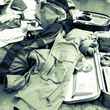
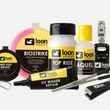
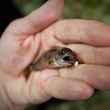
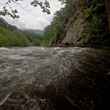



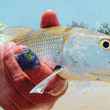
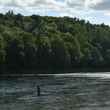



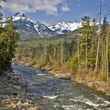




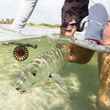




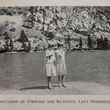
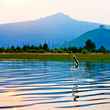



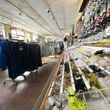
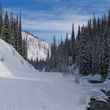
Comments